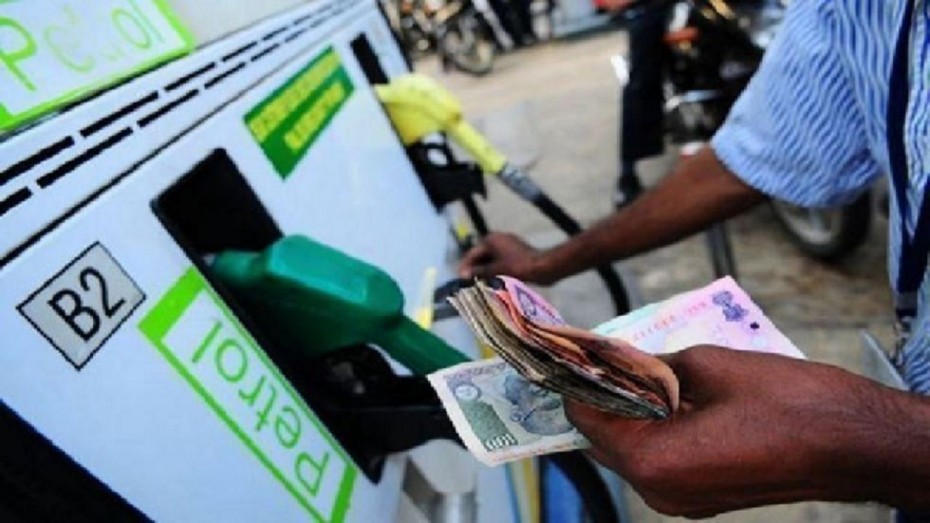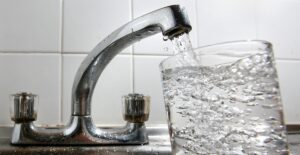Petrol And Diesel Can Be Sold At Rs 75 And Rs 68 Respectively

Dr Soumya Kanti Ghosh, Group Chief Economic Adviser, State Bank of India
Mumbai, 4th March 2021: One of the unfinished agendas of the current GST regime is bringing petrol and diesel under GST. Centre & States are loathing to bring crude oil products under the GST regime as Sales Tax/VAT on petroleum products is a major source of their tax revenue for them. Thus, there is a lack of political will to bring crude under the ambit of GST. Interestingly, no country in the world has a completely transparent mechanism in pricing petroleum products. However, the federal nature of taxing makes estimating state-wise POL related product prices an especially tough exercise for India.
Every state has its tax structure. The states choose to levy a combination of ad valorem tax, cess, extra VAT/Surcharge based on their needs. These taxes are imposed after taking into account the crude price, the transportation charge, the dealer commission and the flat excise duty imposed by the centre. The multiple taxes have made POL product prices one of the highest in the world.
We recommend the following tax structure for petrol and diesel if the Government includes petrol and diesel in the GST regime also. Our base estimate is based on the following assumptions:
· Crude price at $60/bbl,
· Rupee dollar exchange rate at Rs 73
· Transportation changes of Rs 7.25 for diesel and Rs 3.82 for petrol,
· Dealer commission of Rs 2.53 for diesel and Rs 3.67 for petrol, ·
· Cess of Rs 30 for petrol and Rs 20 for diesel, with the equal division between States and Centre (Rs 15 for states and Centre each for petrol and likewise for diesel at Rs 10) and finally
· GST rate at 28% (Centre: 14%, State: 14%)
· FY22 Petrol consumption growth rate : 10% y-o-y, Diesel Consumption growth rate : 15% y-o-y
Using all these assumptions we find that our base price for petrol and diesel comes out to be Rs 75 and Rs 68 per litre, respectively at pan India level. At this base price, with multiple simulations Centre & States have a revenue deviation from budget estimates by only Rs 1 lakh crore / 0.4% of GDP after adjusting for the increase in consumption with the intended price cut. A dollar increase in the crude oil prices will push up the petrol price by around 50 paise and diesel prices by around 150 paise and bring down the overall deviation by around Rs 1500 crore under our baseline scenario.
When we use this tax structure for F22, when Centre and states taxes are already so high, we see that states which have the highest rates are losing revenue if they shift to this GST regime. But this flat taxation structure brings in uniformity and as per our calculations, it brings down the burden of taxes on the common man by almost Rs 10-30 depending on the product consumed and the state in which it is consumed. Additionally, it benefits some states which do not drastically tax their petroleum products, like Uttar Pradesh.
Interestingly, our simulation exercise suggests that when crude oil /bbl declines by $10, Centre & States could save close to Rs 18,000 crore, if they keep the petrol prices at baseline Rs 75 & diesel at Rs 68 and don’t pass on the benefit to consumers. This is higher than the savings at Rs 9000 crores when crude prices go up by$10/bbl and if in the same vein increased prices are not passed on. We thus recommend the Government build up an oil price stabilisation fund which can be used in bad times for compensating revenue loss by cross-subsidising funds saved from good times, without hurting the consumer.
Separately, for the LPG cylinders, we propose an increased and graded subsidy may be provided to poor consumers which can be tapered off over a period of, say, 5-years. For this, the Government can create a comprehensive merged database using databases of Ayushman Bharat, PM-KISAN, PMJDY, PMUY and MUDRA and then provide these people with a maximum of four free cylinders in a year. Even if 5 crore people are eligible for this then the total cost to exchequer per year will be a maximum of Rs 16,000 crore (5 crore x 4 x Rs 800 per cylinder).
Meanwhile, some good news on the fiscal front. The latest revenue and expenditure numbers could lead to the lowering of the fiscal deficit to 8.7% of GDP from 9.5% as per revised BE in the FY21 budget. If this is so, the Government might likely cancel its borrowing planned in the last 2 weeks of Mar’21, totalling Rs 49,000 crore. This in turn might lead to a lowering of the 10-year G-sec yield by end-March. And the better than expected revenue position could be a leverage for tax rationalisation on petroleum products too in the coming days!








